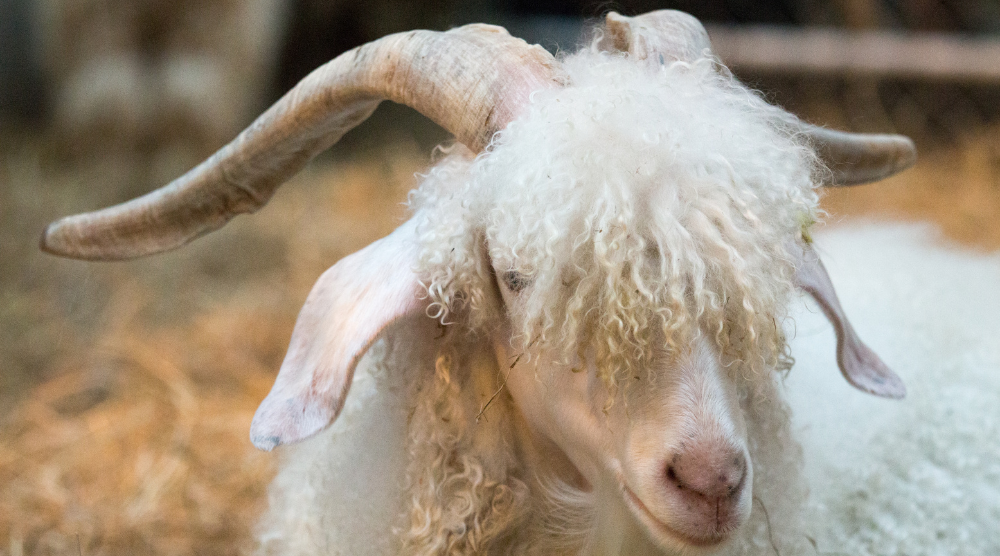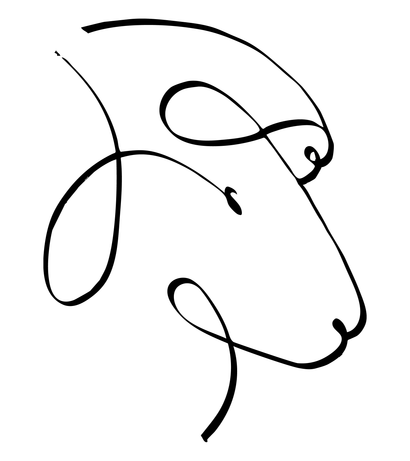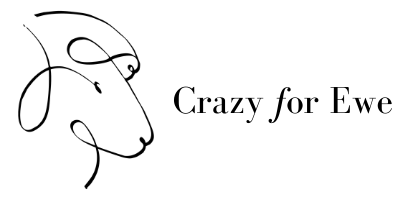Free shipping on all domestic orders over $150
Free shipping on all domestic orders over $150
Shop
Add description, images, menus and links to your mega menu
A column with no settings can be used as a spacer
Link to your collections, sales and even external links
Add up to five columns
Add description, images, menus and links to your mega menu
A column with no settings can be used as a spacer
Link to your collections, sales and even external links
Add up to five columns

Mohair - 7 reasons to love it
December 06, 2021 3 min read
Elton John is the sound of my childhood—sleepover parties where we shook our bell-bottoms to Crocodile Rock and discussed the deep and mysterious meaning behind Daniel. Another favorite was Bennie and the Jets. We all sang along, humming through mostly unintelligible lyrics until the chorus proclaiming Bennie’s electric boots and mo-hair suits. What was this magical mo-hair B-B-B-Bennie wore? Does it come from a Mo? I had never heard of a Mo, and without Google to explain, mo-hair went into the vault of unknowns, along with why Daniel went to Spain.
Fast forward to college where I first came in actual contact with mohair--an ethereal cotton-candy fiber in deep fuchsia that my friend was using to make a cabled vest. It was this project that inspired me to learn to knit in the first place. I’ve been in love with mohair ever since, and have knit many sweaters with all different styles of the stuff, from luxurious Anny Blatt Kiss, to Noro Silk Garden, and a host of others. Mohair really is a magical shape-shifter that enhances everything it touches.
So what is Mohair? Where does it come from? Why is it so special? Let’s take a look
What is mohair?
Strictly speaking, mohair is the fleece from the Angora* goat, named after the Turkish province Ankara where they have thrived since the middle ages. Angora goats are mainly white and have a unique coat of long, lustrous curls that grow through and over the guard hairs. The animals are shorn twice a year in the same way as sheep are shorn.
What makes it special?
SIlkiness -- The scales of the angora goat fibers are not fully developed the way they are in sheeps wool, so mohair fibers feel smoother and silkier than wool.
Lustre -- That lack of developed scales give mohair not only a silky hand, but a wonderful reflective quality as well Light bounces off the fiber’s smooth surface, giving mohair a luster like silk
Dyeability -- Mohair takes dye easily and deeply producing a brilliant, luminous yarn. Again, it is due to the lack of developed scales which make the fiber absorb the dye more readily than fibers with harder scales.
Weight - Mohair is lighter than wool, so yarns with some component of mohair are lighter to wear. The light weight also means more yardage per gram.
Strength - Mohair is strong, with a higher tensile strength per diameter than steel! A higher tensile strength means it doesn’t need as much twist for strength. Less twist means softer yarn, so mohair blend yarns feel softer to knit.
Elasticity -- Mohair is beautifully elastic, which means you can wear it and stretch it out, and it still bounces back into shape, so your garment will look great and fit the way you want for a long time.
Durability - Mohair is a very durable fiber that resists pilling. Certainly, any fiber will pill, but we know that the finer the yarn, the more susceptible it is to pilling. Kid mohair is 50% larger in diameter than extrafine merino, so it’s less likely to pill. That means your sweater will look better longer.
As I said, mohair is quite a shape-shifter. You may be most familiar with Rowan Kidsilk Haze, a lightly teased lace weight mohair silk blend. You may be surprised to know that Noro Silk Garden is a blend of almost equal parts silk and mohair too, and yet these yarns couldn’t be more different!
I want to share with you several of my favorite mohair blend yarns, and this week on the podcast, Ginni, Mary, and I will be talking about Rowan Kid Classic, a gorgeous plied mohair blend that manages to be both a luxury and a workhorse yarn.
We’ll have a look at the yarn at several different gauges, and we’ll share our thoughts and our favorite patterns for it. I’ll broadcast from the shop like last week, but this time I’ve got the tech figured out. It should be a fun chat on the sofa with the three of us. I hope you’ll join us.
If you do enjoy the podcast episodes, please like them on YouTube, and subscribe to our YouTube channel - even if you watch on Facebook, do me a favor and subscribe and like the episodes on YouTube to help get our videos out there!
Thanks so much for reading, and I hope you’ll tune in this week! I look forward to seeing you in the shop, around the table, or tuned in to the podcast. Wherever you are, you are always welcome here.
Warmly,
Ellen
p.s. If you like this post, please share it on Facebook or with your knitting friends.
*Not to be confused with Angora, which is from and Angora Rabbit
Leave a comment
Subscribe
Sign up to get the latest on sales, new releases and more …

